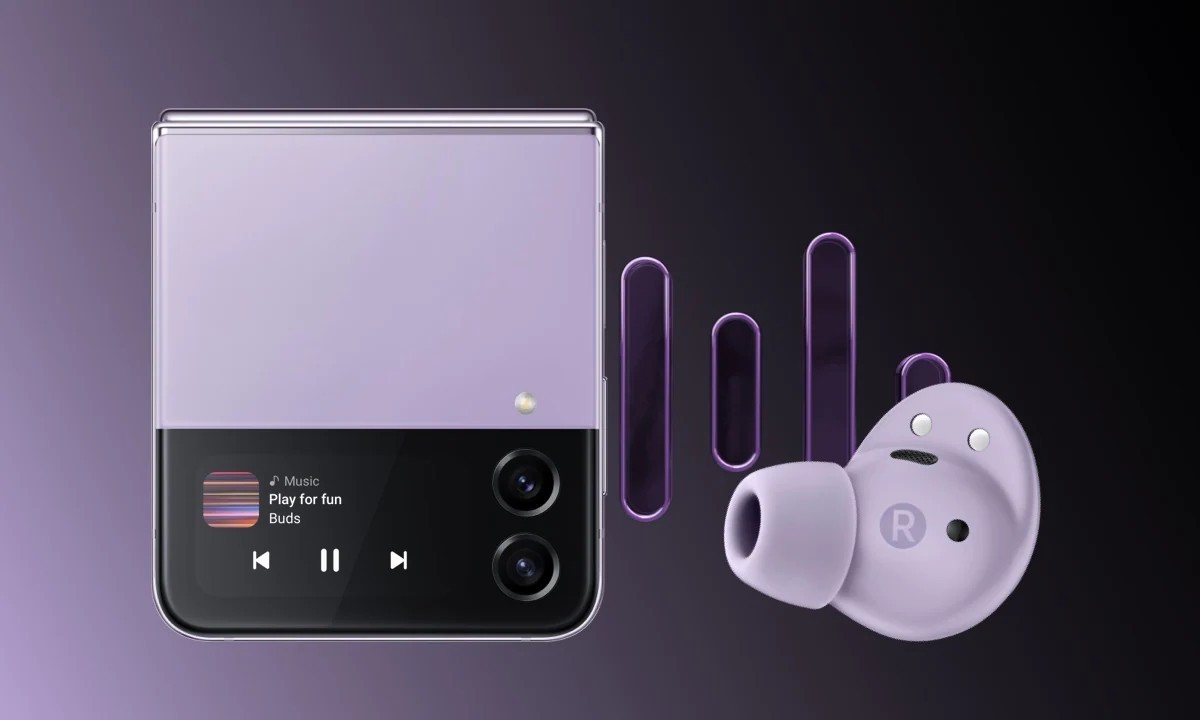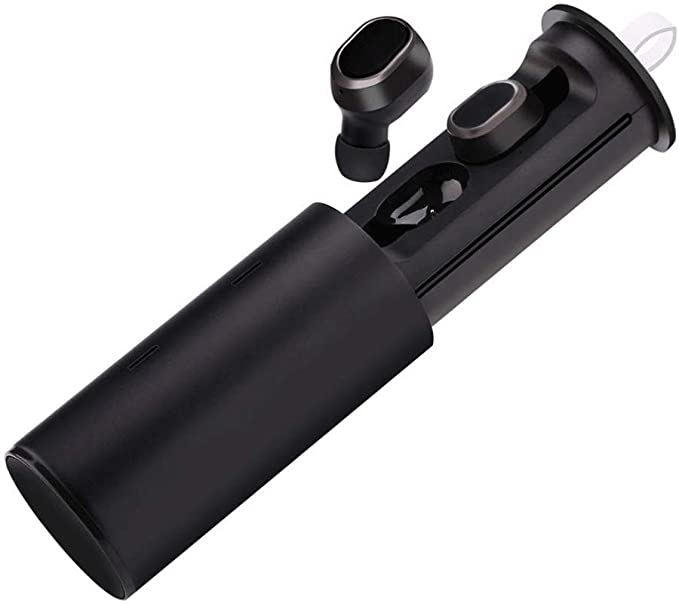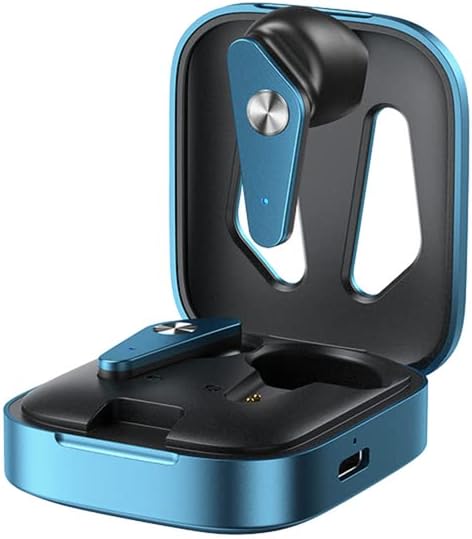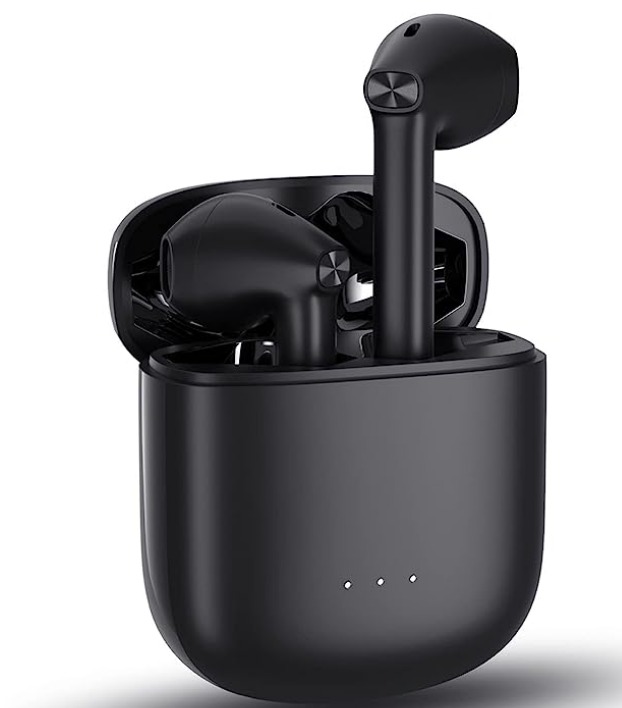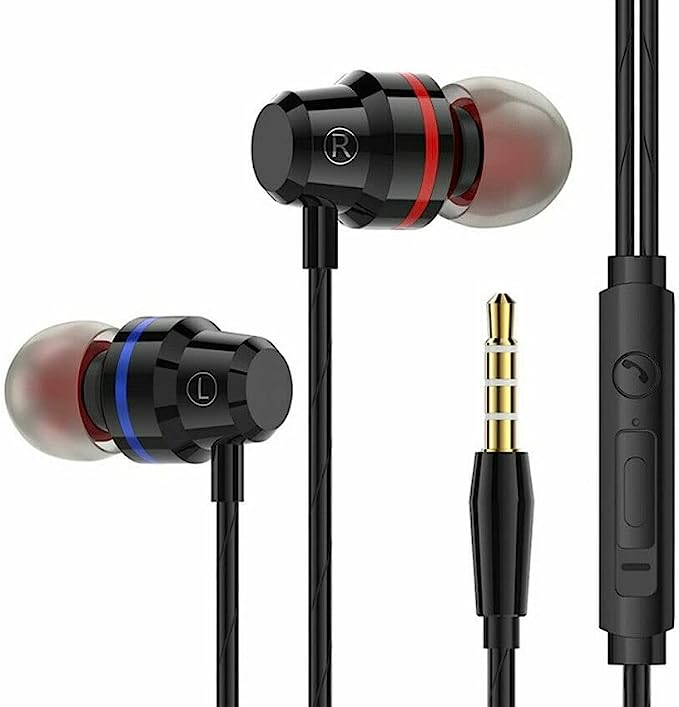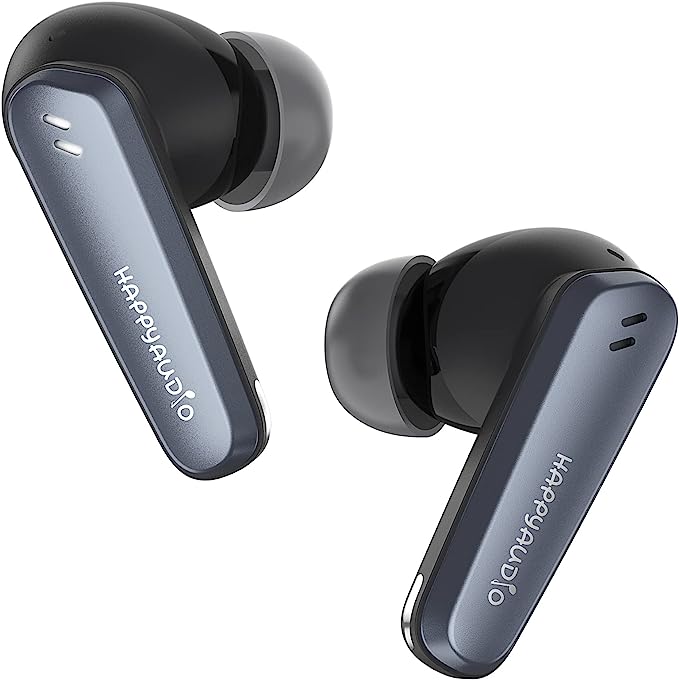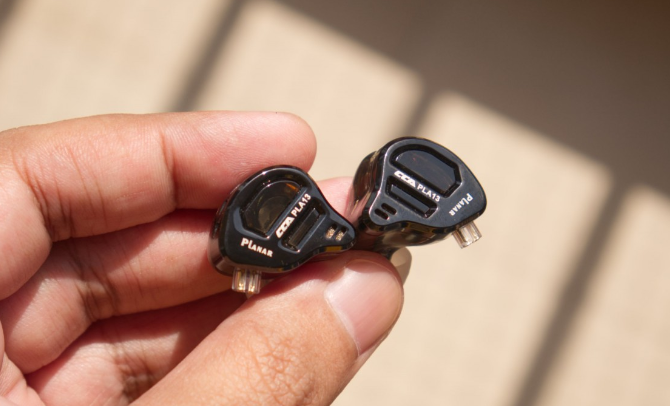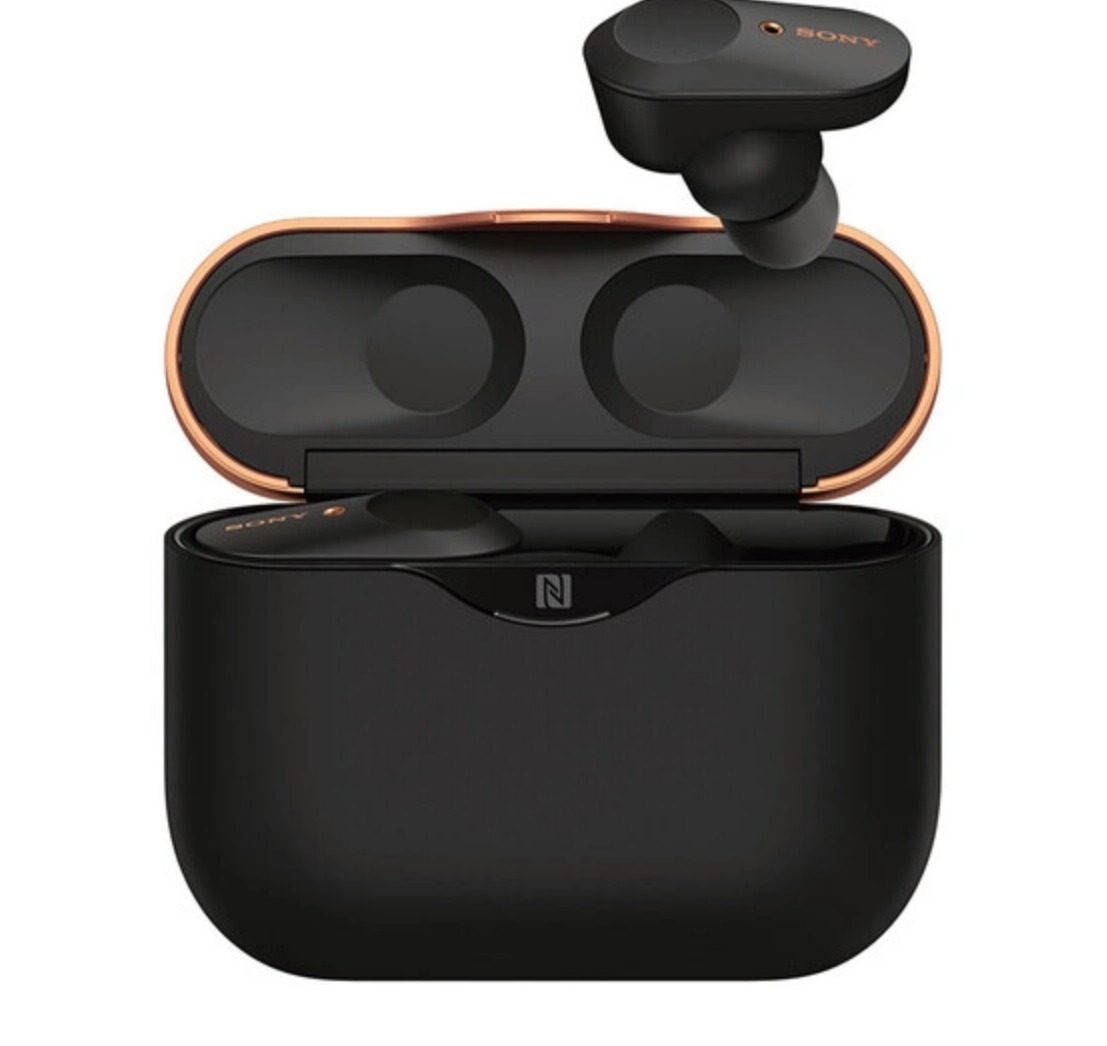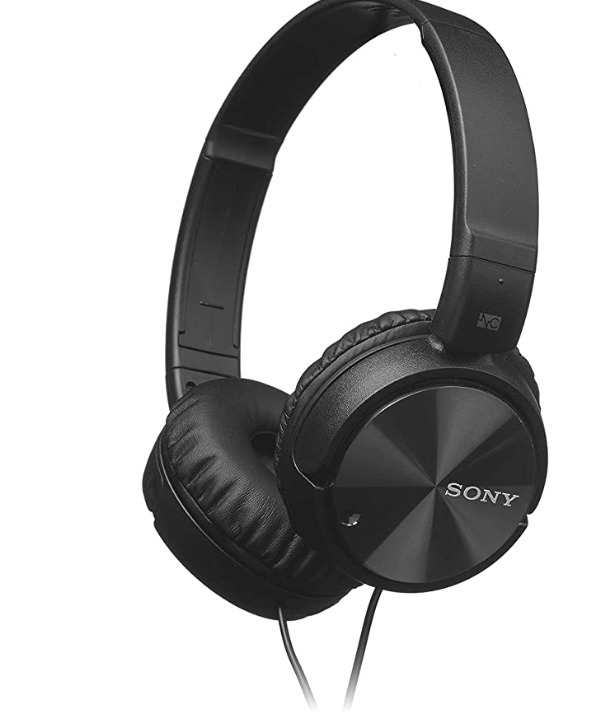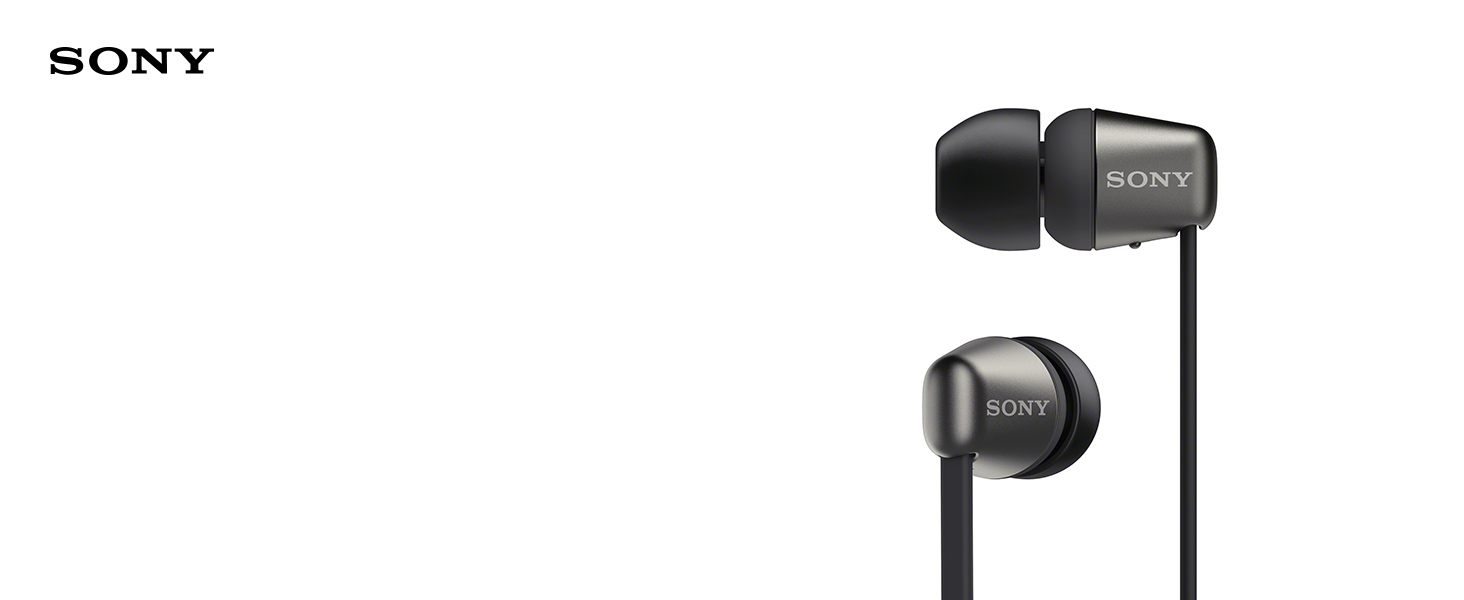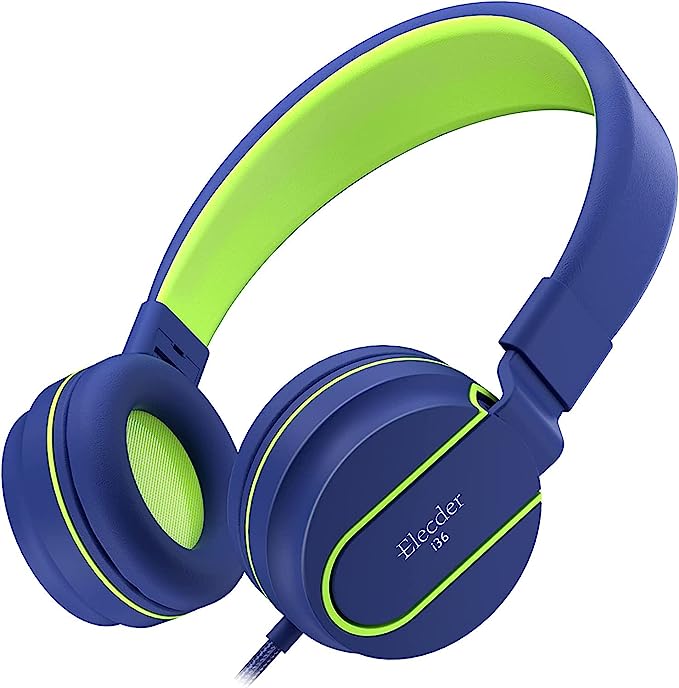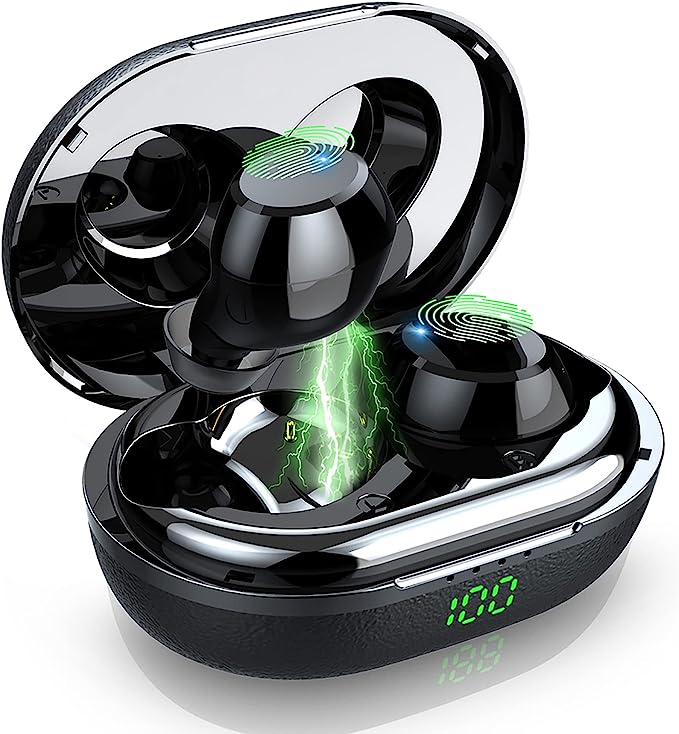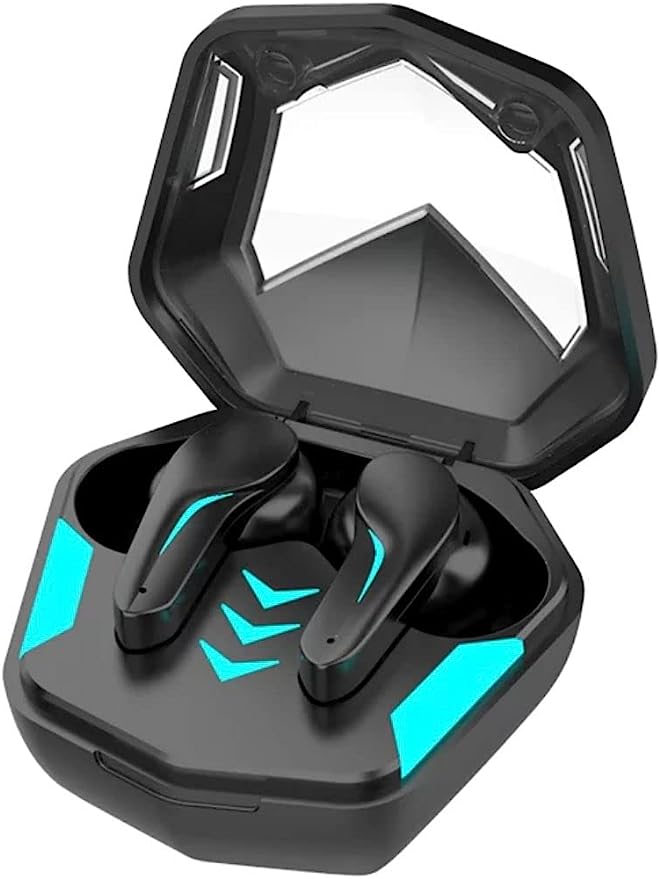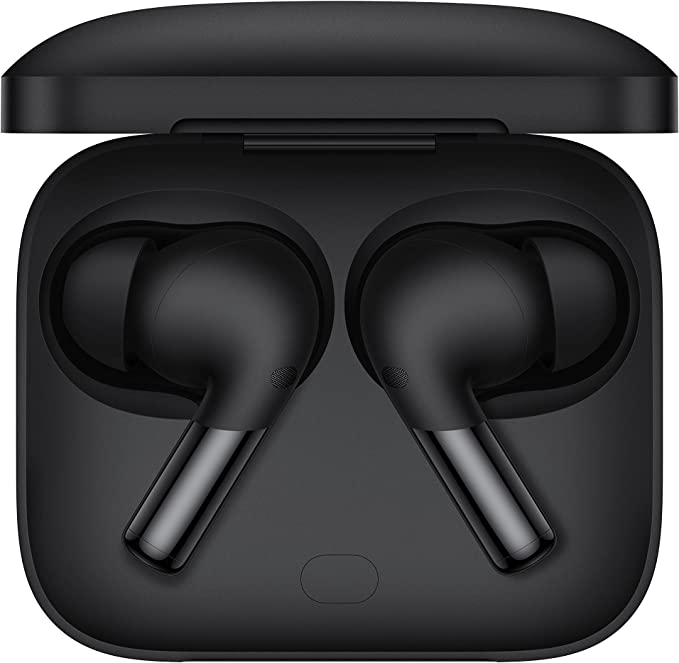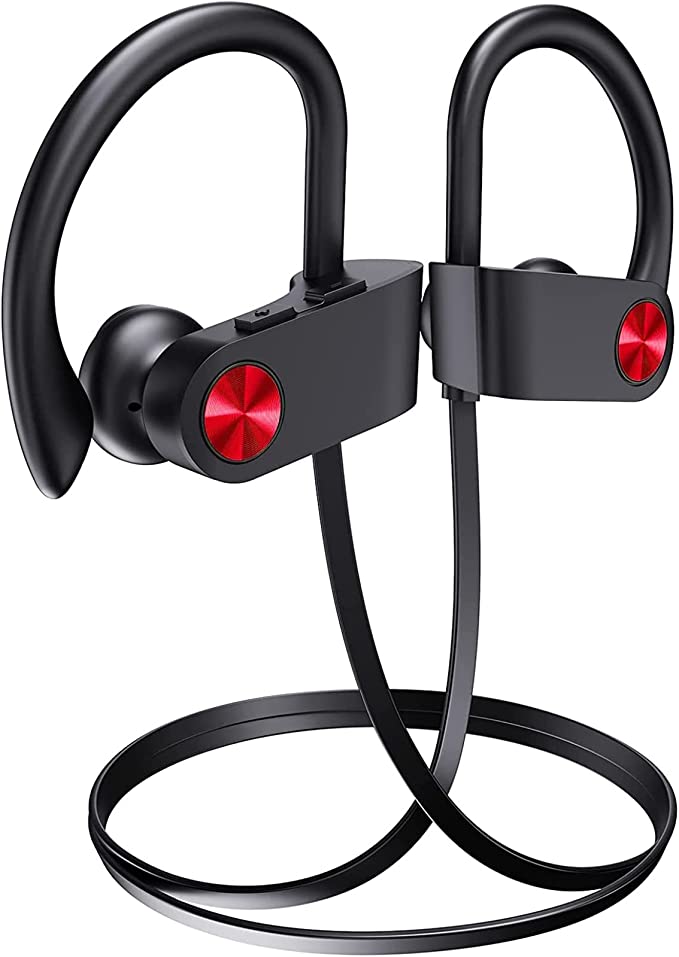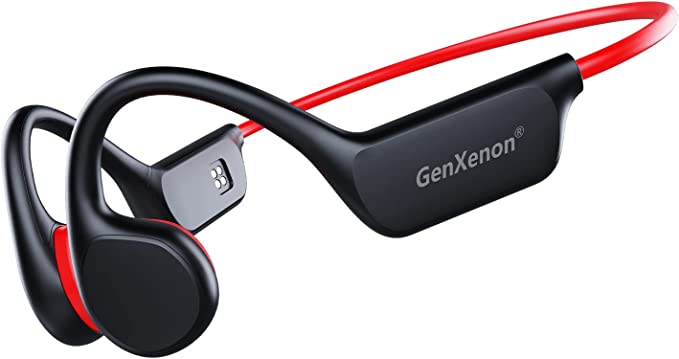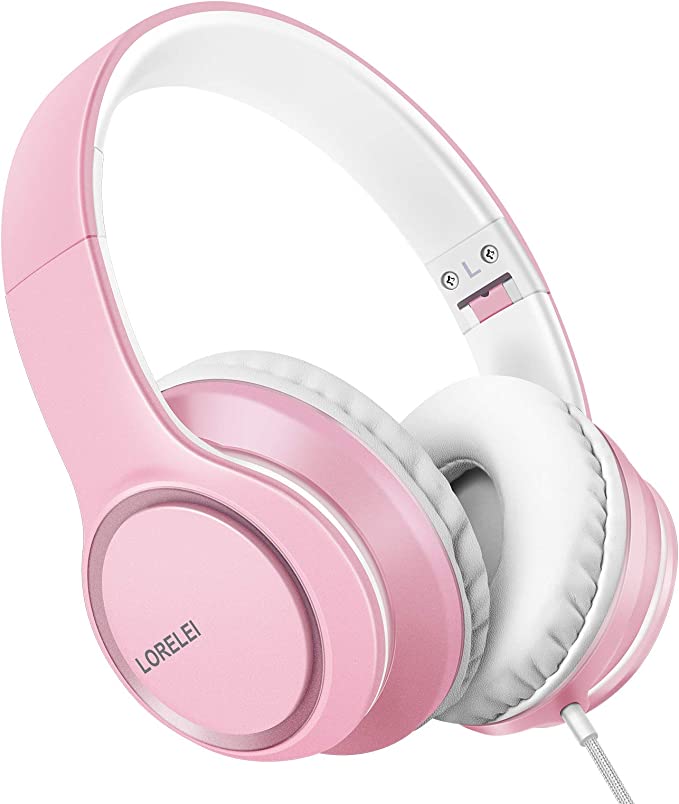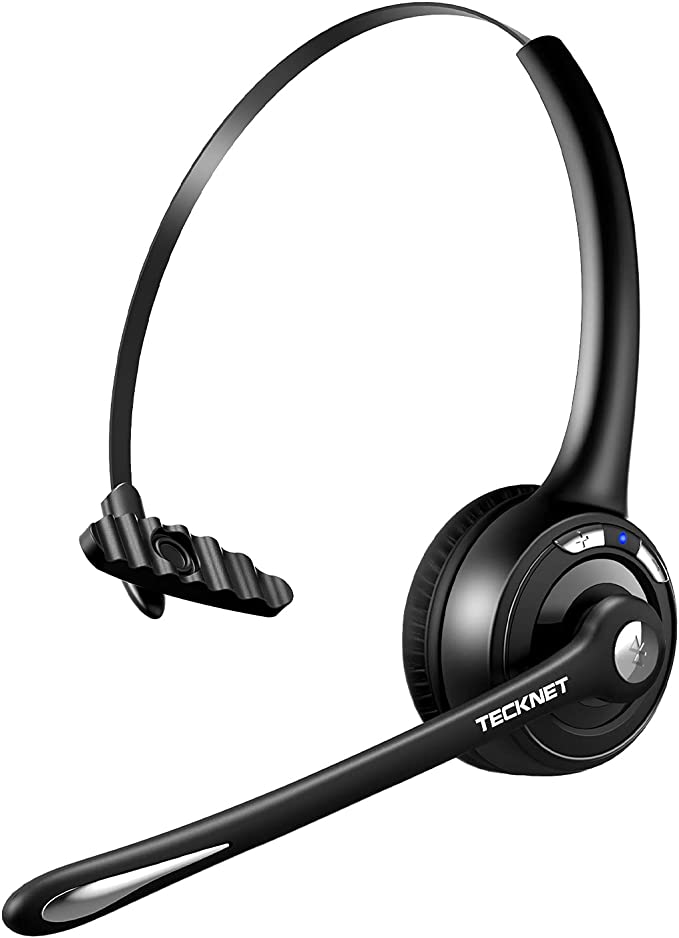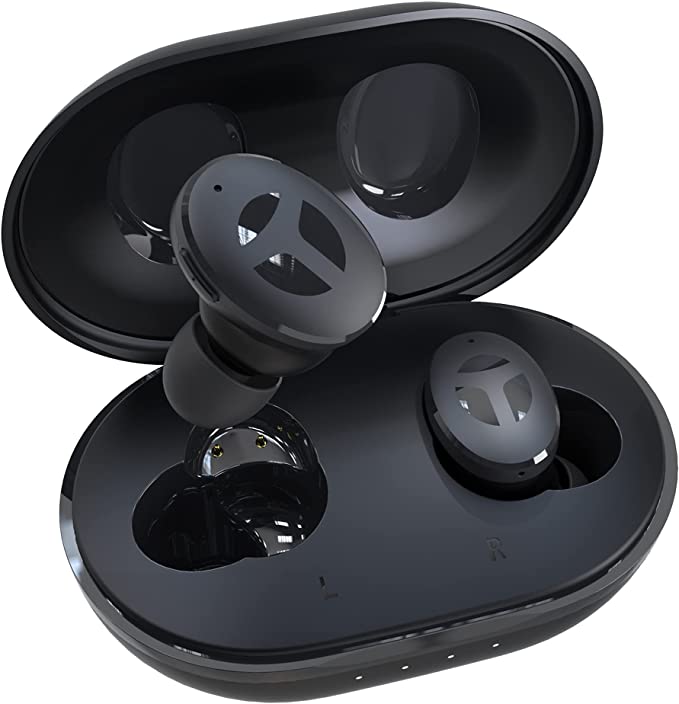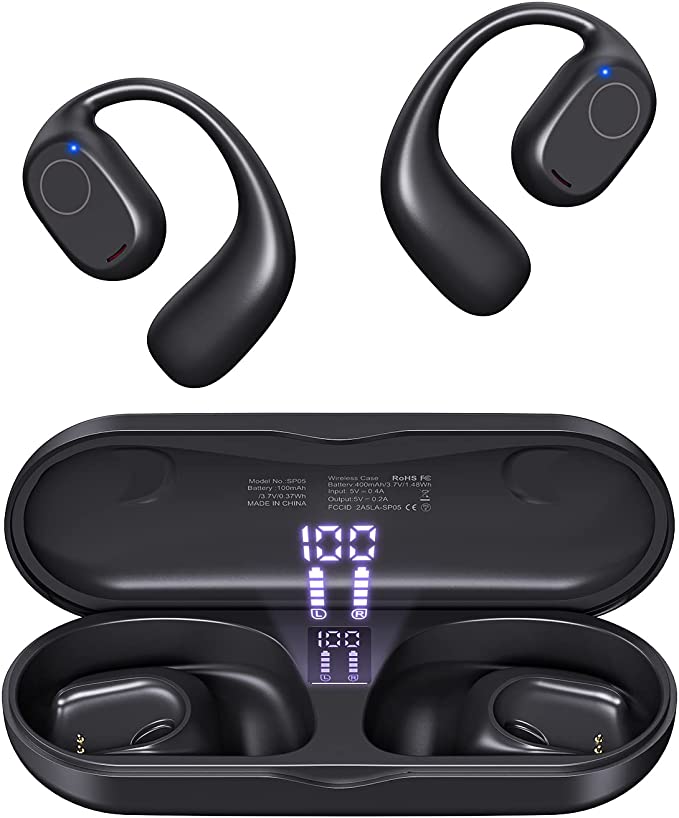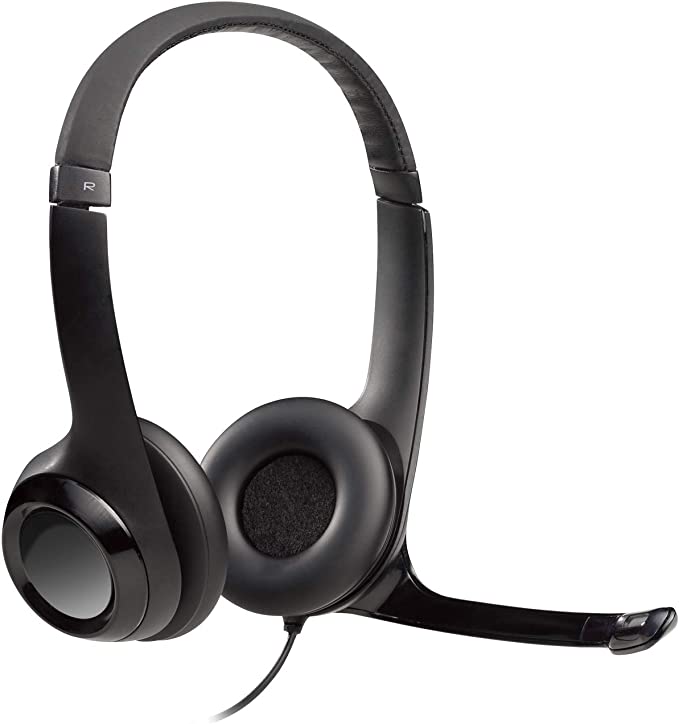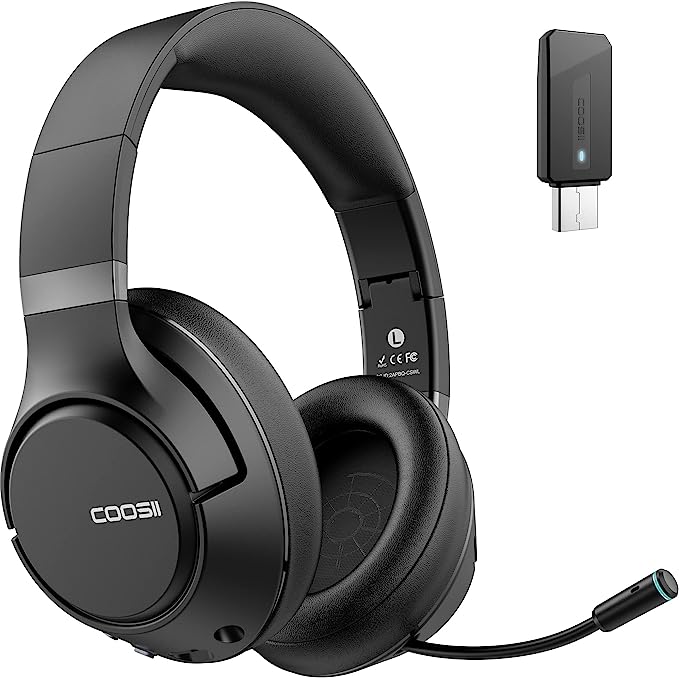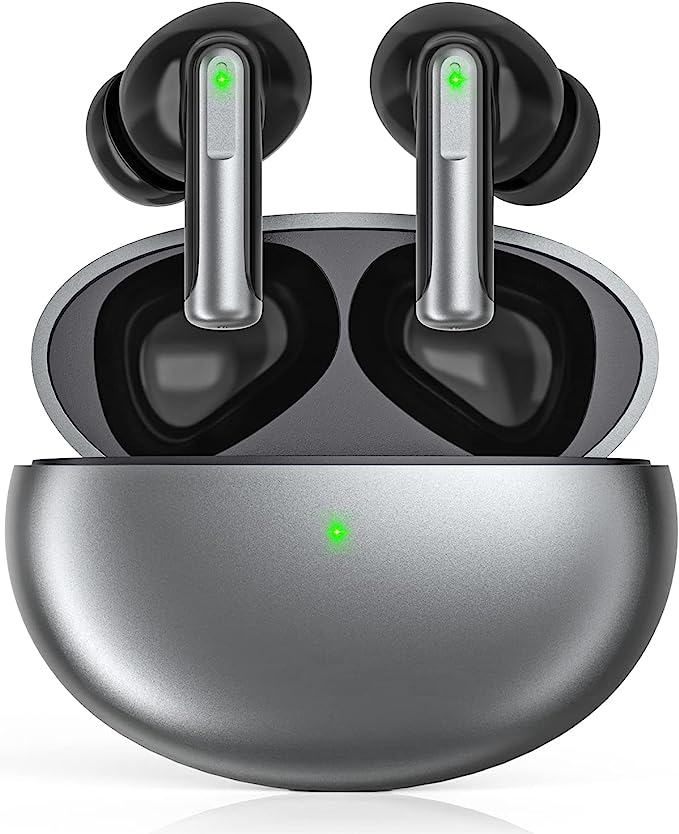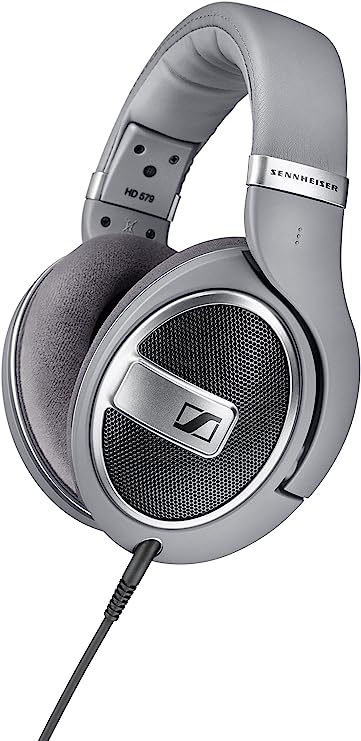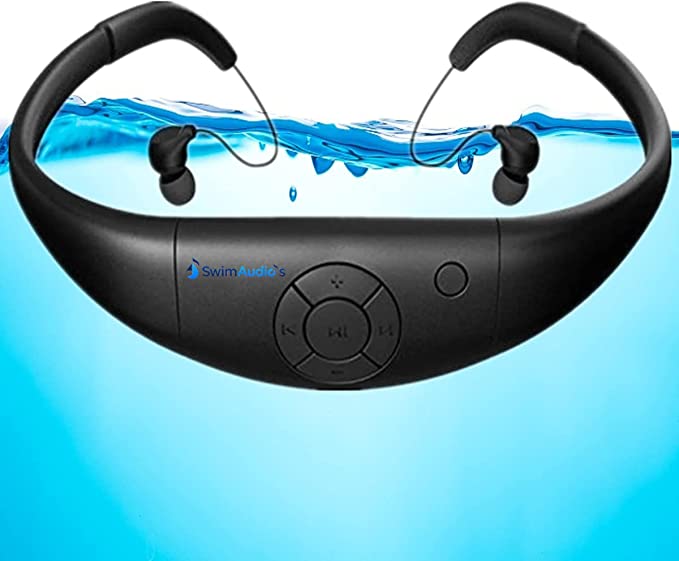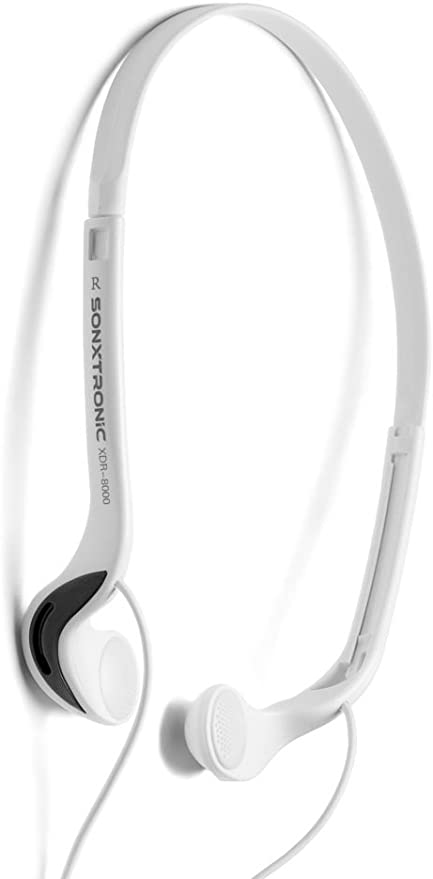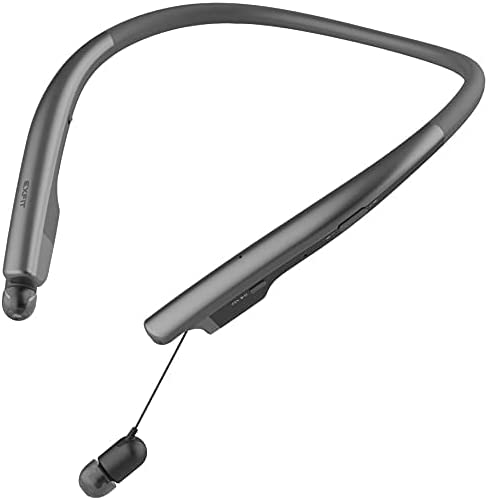From Boombox to Smart Beast: The Hidden Science in Sony's ULT Field 7 Party Speaker
Update on July 14, 2025, 8:51 a.m.
Picture the scene: a sun-drenched street corner in the 1980s. A teenager stands proud, a silver behemoth perched on his shoulder, blasting out cassette tape anthems. That boombox wasn’t just a music player; it was a cultural statement, a declaration of presence, a party waiting to happen. It was heavy, devoured D-cell batteries with a ferocious appetite, and its sound was more raw power than refined fidelity. But it was the pinnacle of portable audio, the very definition of taking the music with you.
Flash forward to today. The spiritual successor to that giant has arrived, but it looks vastly different. It’s sleek, deceptively light, and pulses with an intelligent glow. A device like the Sony SRS-ULT70 ULT Field 7 Wireless Bluetooth Party Speaker can run all day and night, survive a fall into a pool, and create a soundstage that the boombox could only dream of. The journey from that shoulder-crushing giant to this smart beast isn’t just about miniaturization. It’s a story of quiet revolutions in physics, chemistry, and computer science, a story of how we taught sound itself to be smarter.

The Revolution in Sound: Beyond Raw Power
The old philosophy was simple: if you wanted louder sound, you needed bigger speakers. The boombox was the logical endpoint of that thinking. But modern audio engineering has shifted from a brute-force approach to a finessed, intelligent one, focusing not just on being loud, but on being emotionally resonant.
This new approach is perfectly embodied in a feature like ULT POWER SOUND. To the user, it’s a simple button. But pressing it engages a powerful internal “mastering engineer”—a Digital Signal Processing (DSP) chip. DSP is the science of using mathematical algorithms to manipulate audio signals in real-time. Instead of just crudely boosting all the low frequencies and creating a muddy mess, the DSP in the ULT Field 7 acts with surgical precision. The “Deep Bass” mode might target the sub-80Hz frequencies that you feel in your chest, while the “Powerful Bass” mode could accentuate the 100-200Hz range that gives a kick drum its punch. It’s the difference between using a sledgehammer and a sculptor’s chisel to shape the sound.
This digital brain is paired with a clever piece of physical engineering: the X-Balanced Speaker Unit. For decades, speaker drivers have been overwhelmingly circular, a shape that is easy to manufacture and vibrates uniformly. However, in the constrained space of a portable speaker, a circle is not the most efficient shape. Here, a fundamental law of acoustics comes into play: sound pressure is directly proportional to the surface area of the diaphragm that moves the air. By using a non-circular, rectangular-like shape, the X-Balanced driver significantly increases the diaphragm’s surface area compared to a conventional circular driver of the same width. This allows it to push more air, generating higher sound pressure—and thus, more perceived volume and cleaner bass—without demanding more power. It’s a brilliant solution that rewrites the geometric rules to deliver a bigger sound from a smaller box.
The Revolution in Energy: Unleashing the All-Day Party
Ask anyone who owned an original boombox about its greatest weakness, and they’ll likely groan about batteries. Keeping a party going for hours required a hefty investment in disposable D-cells. The 30-hour battery life of a modern speaker like the ULT Field 7 would have seemed like pure science fiction, but it’s made possible by an unsung hero of the audio world: the Class-D amplifier.
Traditional amplifiers (like Class-A or A/B) are notoriously inefficient, operating like a constantly running faucet and wasting a huge portion of energy as heat. You could often feel how hot they got. A Class-D amplifier, however, works more like a hyper-fast light switch. It converts the audio signal into a series of high-frequency pulses (a technique called Pulse Width Modulation, or PWM) and switches its transistors on and off thousands of times per second. Because the transistors are either fully on or fully off, they generate very little waste heat. This results in staggering efficiency—often over 90%, compared to 50-60% for older designs. This leap in efficiency means almost all the energy from the internal lithium-ion battery is converted into sound, not heat. It is the single biggest reason why a powerful, party-starting speaker no longer needs to be tethered to a wall outlet or a stack of expensive batteries.

The Revolution in Resilience: Engineering for Real Life
Our electronics used to be fragile, delicate things, shielded from the elements. The modern party, however, happens everywhere: by the pool, at the beach, in a dusty park. To survive, a speaker needs armour. That armour is certified by a code: IP67.
This isn’t a vague marketing term; it’s a stringent standard defined by the International Electrotechnical Commission (IEC 60529). The “6” denotes its resistance to solids. To earn it, the speaker must be placed in a chamber filled with fine, circulating talcum powder for hours and emerge with absolutely no dust ingress. It is, in short, completely sealed against the sand and dirt of any outdoor adventure.
The “7” certifies its water resistance. The test for this is uncompromising: the device must withstand being fully submerged in 1 meter of fresh water for 30 minutes without any leakage. This means an accidental tumble into the pool or a sudden cloudburst isn’t a catastrophe; it’s a non-event. This level of certified survivability transforms a piece of technology from a delicate instrument into a fearless, reliable companion for life’s unscripted moments.

The Revolution in Connection: The Social Network of Sound
The final evolution is in how we interact with our music and each other. The boombox had one input: a cassette deck or a 3.5mm jack. It was a solitary source. Modern connectivity is a wireless, social web.
Features like Bluetooth Multipoint solve a common party frustration. It allows two devices to remain connected simultaneously, so you and a friend can seamlessly switch DJ duties without the awkward silence of disconnecting and reconnecting. But the true leap is Party Connect. This transforms a single speaker into the hub of a spontaneous, synchronized network. When activated, it broadcasts the music and lighting commands to up to 100 other compatible speakers. It’s a consumer-friendly application of advanced mesh networking principles, creating an immersive field of sound and light that can fill any space, turning a simple get-together into a full-blown event.
Technology with a Heartbeat
If you stand back, you see a beautiful convergence. The physics of sound, the chemistry of modern batteries, the rigour of international engineering standards, and the logic of wireless communication have all been woven together. The goal of the boombox and the Sony ULT Field 7 remains identical: to be the vibrant, thumping heart of a social gathering.
The difference is that today, the technology has become so advanced that it feels effortless. The incredible complexity humming away inside the speaker exists for one simple reason: to deliver a more powerful, more enduring, and more emotionally resonant experience. It’s more than just a speaker. It’s a rolling archive of four decades of relentless innovation, designed for the sole purpose of connecting us to the music, and to each other, with a beat you can truly feel.


